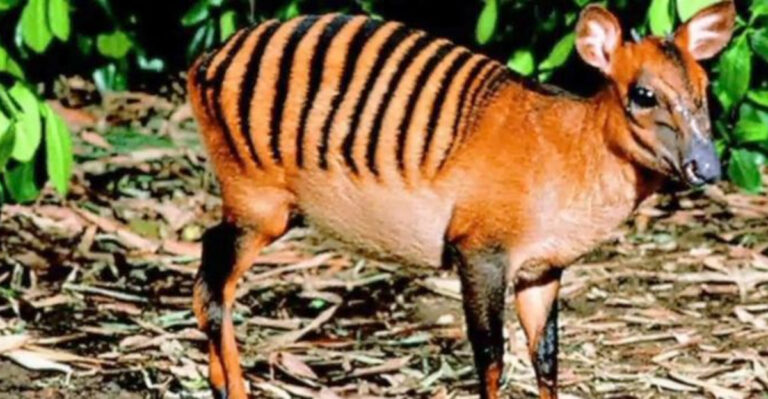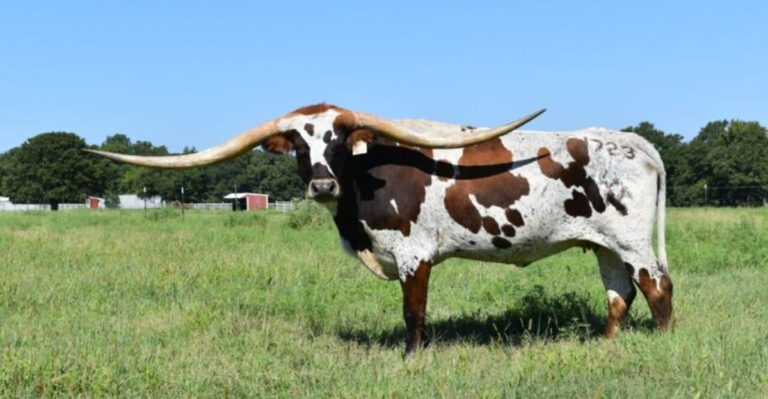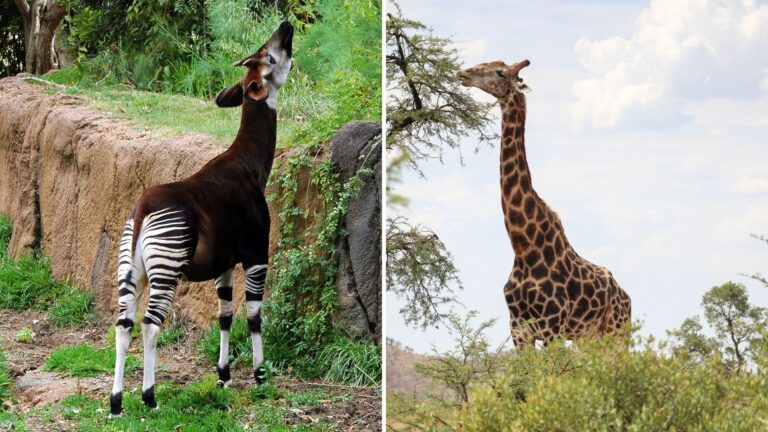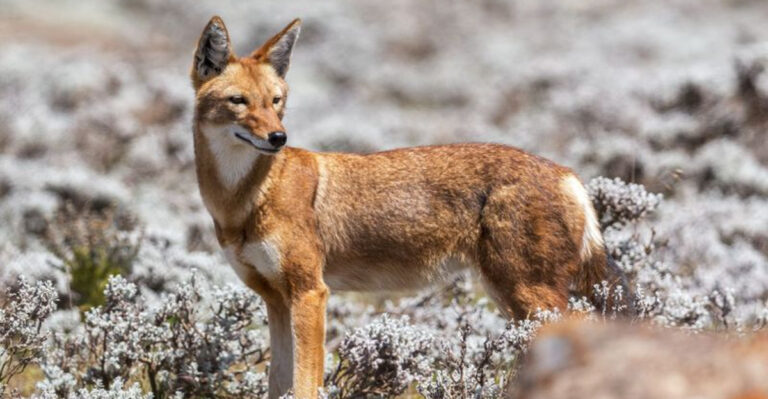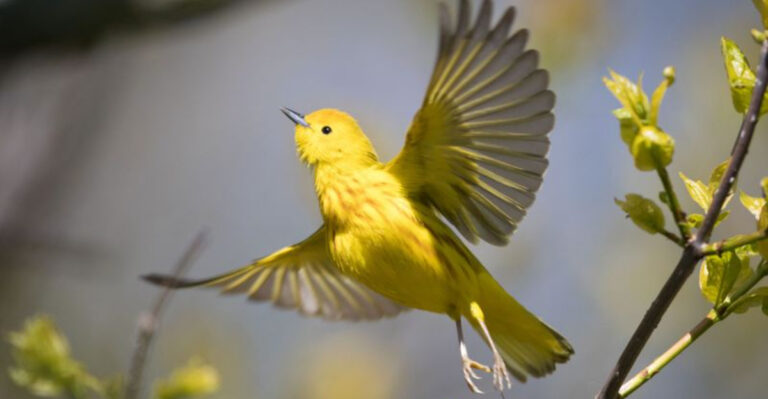Scientists Finally Understand How Iguanas Crossed The Pacific Millennia Ago
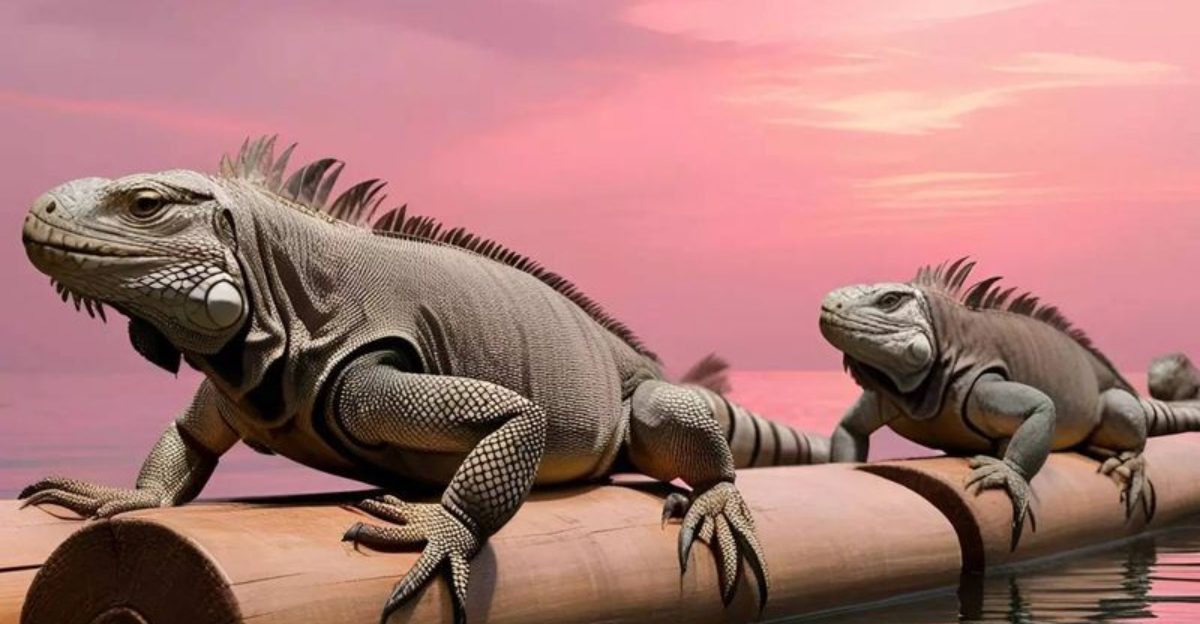
The mystery of how iguanas managed to cross the vast Pacific Ocean millennia ago has puzzled scientists for years.
Recent research has shed light on this incredible journey, providing intriguing insights into the adventurous travels of these resilient reptiles.
Here we explore eight key insights that unravel the secrets of their ancient voyage.
1. Rafting Across Oceans
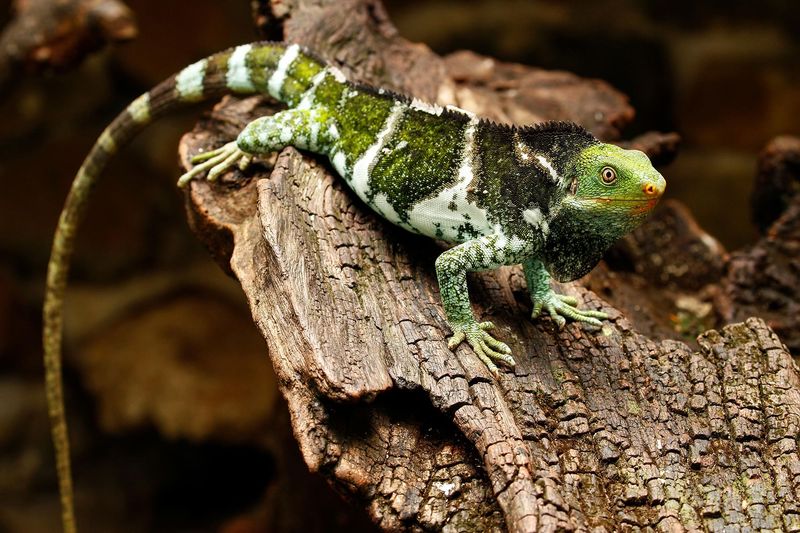
Iguanas didn’t build boats or plan expeditions, but they managed to traverse the Pacific by hitching rides on natural rafts. These makeshift vessels were formed by storms uprooting trees and vegetation, creating floating islands.
Driven by ocean currents, these rafts carried iguanas across vast distances, turning them into accidental mariners.
The journey wasn’t easy. The iguanas faced hunger, storms, and the relentless sun. Yet, their ability to survive such harsh conditions speaks to their resilience.
This rafting theory provides a plausible explanation for their presence on remote islands.
2. Ocean Currents As Navigators
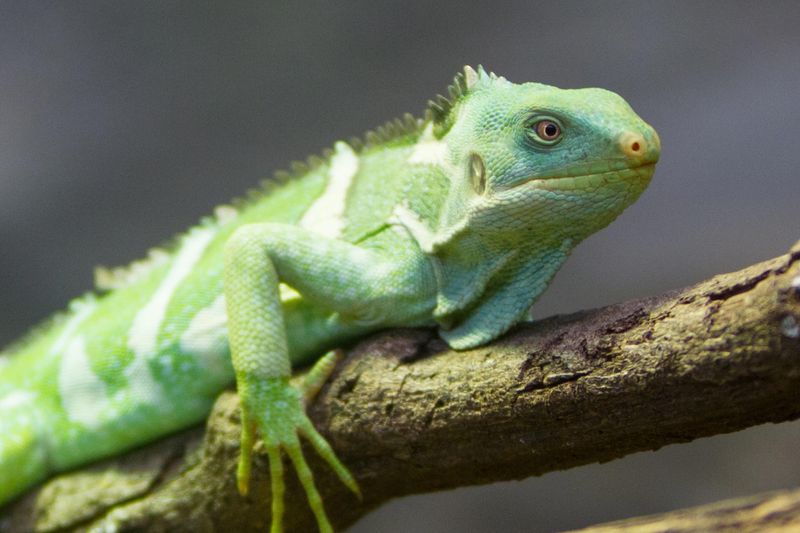
Ocean currents played a pivotal role in guiding iguanas across the Pacific. These natural highways connected distant lands, helping to disperse species over time.
The currents not only provided a path but also ensured a steady supply of water and nutrients to the floating rafts.
Understanding these ancient currents gives insight into the possible routes iguanas took. This also highlights the ocean’s influence in shaping biodiversity.
The movement of currents over millennia shows nature’s incredible power in species distribution, offering a glimpse into past ecological dynamics.
3. Adaptation To Sea Travel
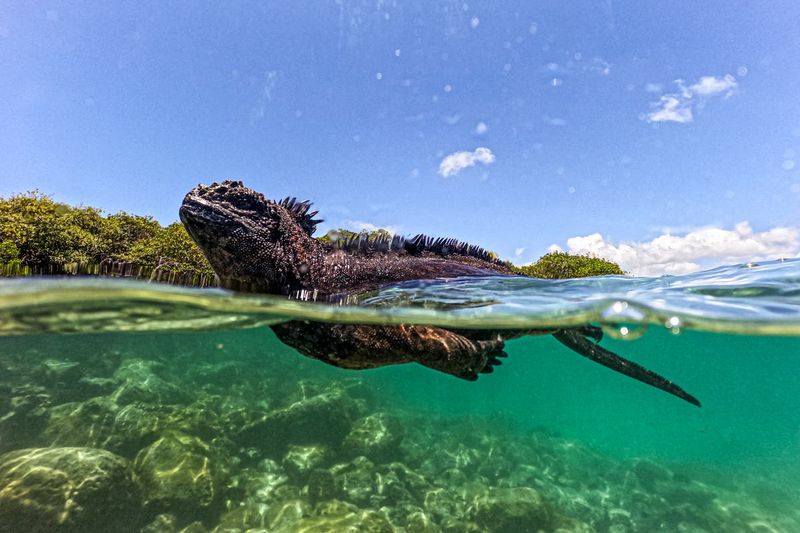
Surviving long oceanic journeys required iguanas to adapt. Over generations, these reptiles developed traits like resistance to dehydration and the ability to withstand prolonged sun exposure.
Their hardy nature allowed them to endure the challenges of sea travel, becoming adept at surviving on limited resources.
Such adaptations were crucial for their survival and successful colonization of new habitats.
These evolutionary changes showcase nature’s remarkable ability to adapt to extreme environments, ensuring the survival of species against the odds.
4. Island Colonization Process
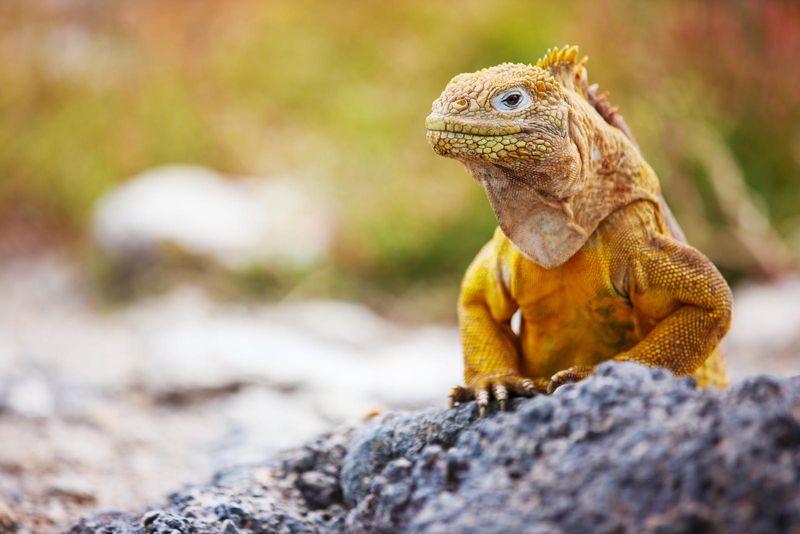
Upon reaching new islands, iguanas began the process of colonization. They explored their new surroundings, seeking food and shelter.
The rich biodiversity of these islands offered ample opportunities for survival and reproduction.
Isolated from mainland predators, iguanas thrived, leading to the establishment of stable populations. This colonization often led to evolutionary changes, resulting in unique island species.
The ability to adapt and thrive in new environments highlights iguanas’ role in shaping island ecosystems, contributing to biodiversity and ecological balance.
5. Genetic Evidence And Studies
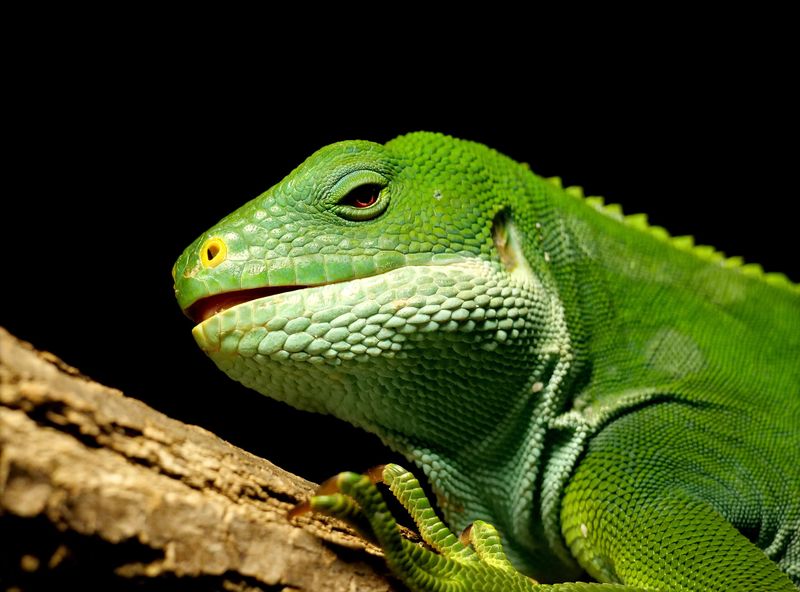
Genetic studies have provided insights into the iguanas’ ancient journeys. By analyzing DNA, scientists have traced the lineage of island iguanas back to their mainland ancestors.
These studies reveal genetic variations that arose from isolation and adaptation to new environments. Such genetic evidence supports the theory of oceanic dispersal, offering clues about their migration patterns.
Understanding these genetic links helps reconstruct the journey timeline, giving a clearer picture of how and when iguanas reached distant shores.
6. The Role Of Climate Change
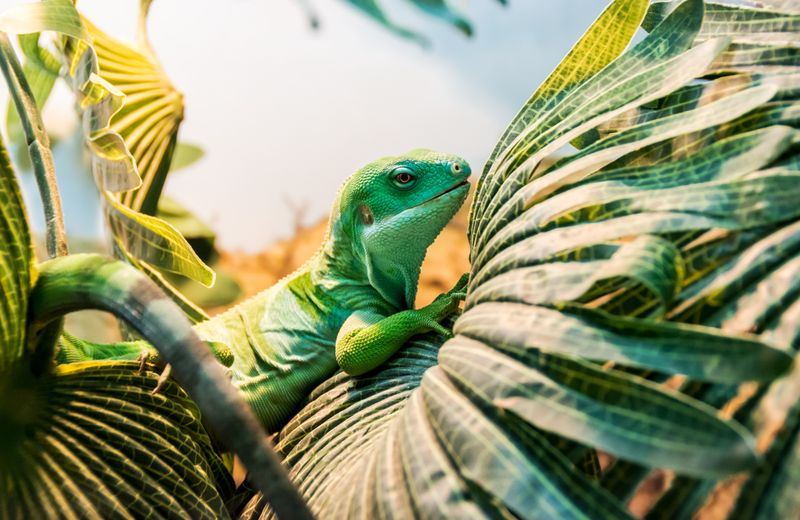
Climate change played a significant role in the iguanas’ transoceanic journey. Shifting climatic conditions altered sea levels and created new pathways for migration.
Warmer temperatures and changing weather patterns may have contributed to the formation of natural rafts, aiding in their dispersal. These environmental changes also influenced the availability of habitats and food sources.
The iguanas’ ability to adapt to these changes underscores their resilience and highlights the impact of climate dynamics on species distribution.
7. Survival Strategies On Rafts
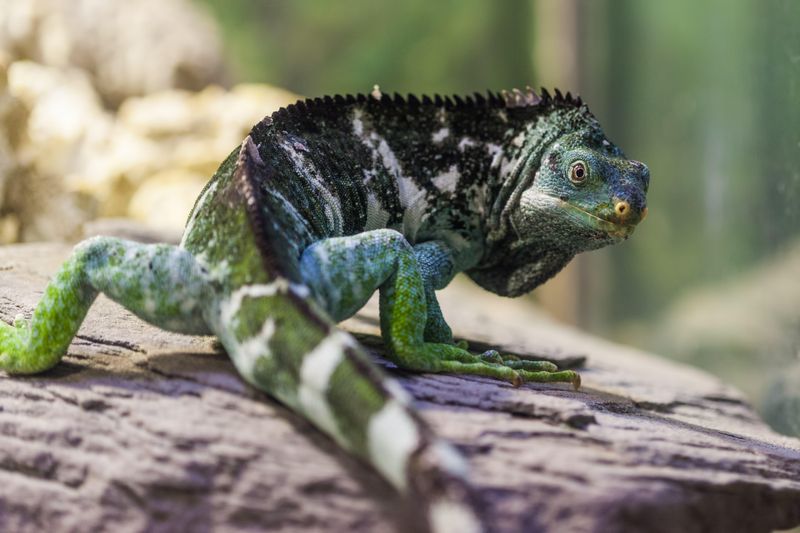
Survival on a floating raft required ingenuity. Iguanas used various strategies to endure the long journey. They scavenged for food among debris, finding sustenance in unexpected places.
Conserving energy was crucial; they basked in the sun to regulate body temperature and minimize exertion. Such behaviors ensured they had enough energy to survive until reaching land.
These strategies highlight the iguanas’ adaptability and resourcefulness in overcoming the challenges of life at sea, demonstrating nature’s incredible problem-solving abilities.
8. Impact on Modern Ecology
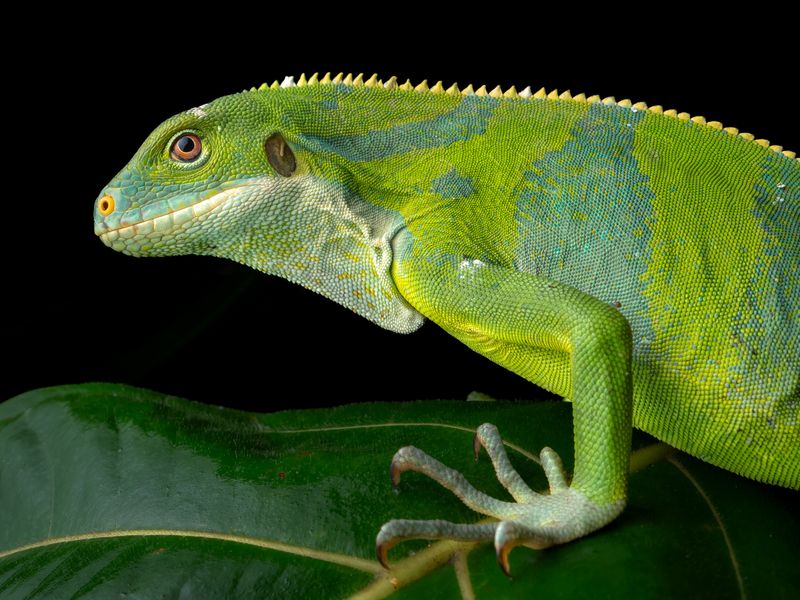
The ancient journey of iguanas has lasting impacts on modern ecology. By colonizing the islands, they contributed to the development of unique ecosystems.
Iguanas interact with native plants and animals, playing a role in seed dispersal and nutrient cycling. Their presence influences the biodiversity and ecological balance of these islands.
Understanding their historical journey helps us appreciate their ecological contributions today, offering lessons in resilience and adaptation that are relevant in a changing world.

